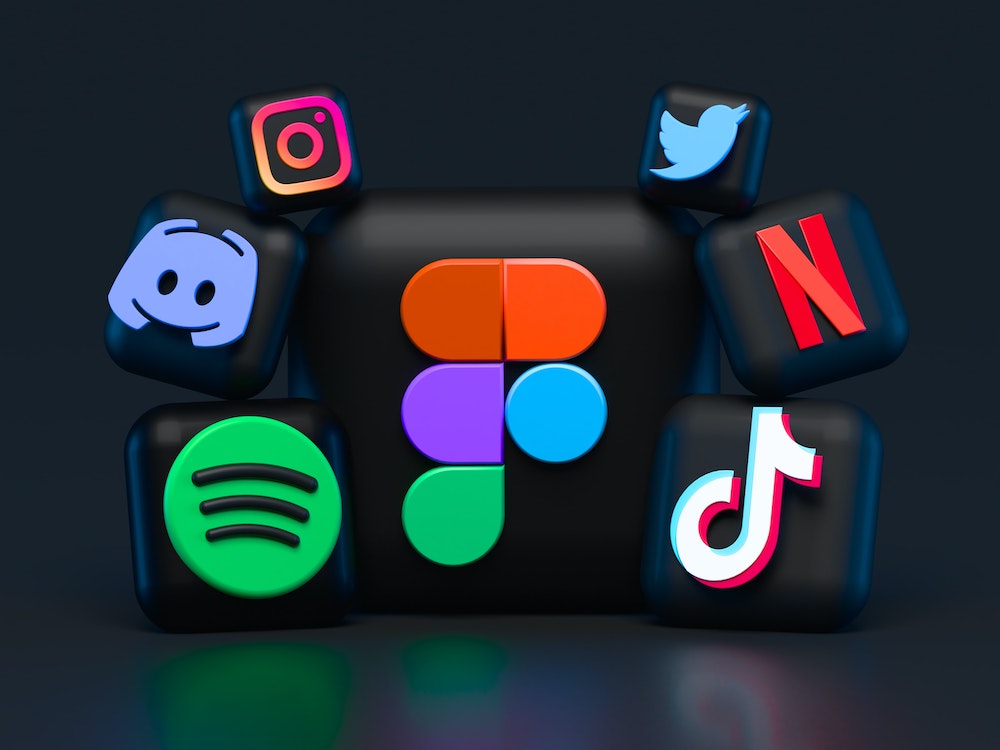Mechanical royalties are a key revenue source for songwriters and music publishers in Canada. These royalties are earned whenever a song is reproduced, whether through physical copies (like CDs and vinyl), digital downloads, or streaming. Here’s a step-by-step guide to understanding and collecting mechanical royalties in Canada.
Step 1: Understand What Mechanical Royalties Are
- Mechanical royalties are generated each time a musical work (song) is reproduced in any format.
- These are separate from performance royalties (which are generated when music is performed or broadcasted) and sync royalties (which come from music used in film, TV, or advertisements).
Step 2: Join a Performing Rights Organization (PRO)
- In Canada, you’ll need to work with a Performing Rights Organization (PRO) to ensure you’re collecting all available royalties. SOCAN, for example, collects performance royalties for songwriters, composers, and publishers.
- Important: While SOCAN handles performance royalties, it works with Reto collect royalties for sound recordings and with CMRRA (Canadian Musical Reproduction Rights Agency) to collect mechanical royalties.
Step 3: Register with CMRRA or an Equivalent Organization
- For mechanical royalties, Canadian songwriters and publishers can register with CMRRA. CMRRA collects mechanical royalties from various digital platforms (like Spotify, Apple Music) and physical distributors.
- Sign up with CMRRA to ensure your music is included in their database. This registration allows CMRRA to monitor and collect royalties on your behalf.
- Alternatively: Some Canadian songwriters may use SODRAC (Society for Reproduction Rights of Authors, Composers, and Publishers in Canada) if they focus on Francophone markets or international publishers that can track mechanical royalties globally.
Step 4: License Your Music with Digital Platforms and Distributors
- Digital platforms (Spotify, Apple Music, YouTube, etc.) and streaming services pay mechanical royalties for each stream, which CMRRA tracks.
- If you distribute music through digital aggregators (such as DistroKid or TuneCore), these services typically handle the initial setup with digital platforms. However, you should still register your work with CMRRA to maximize royalty collection.
Step 5: Monitor and Track Your Royalty Earnings
- CMRRA typically pays mechanical royalties quarterly, so you’ll need to track your earnings and ensure payments match your music’s usage.
- You can check your reports from CMRRA to see where and how often your songs were reproduced. This transparency helps you understand your earnings and, if necessary, resolve discrepancies.
Step 6: Expand Collection for International Royalties
- If your music is streamed or sold outside Canada, consider partnering with international mechanical rights organizations. For example, Harry Fox Agency (HFA) in the U.S. works with CMRRA for cross-border royalty collection.
- International reach can increase your royalty income by collecting from overseas markets.
Step 7: Receive and Reinvest Your Royalties
- With quarterly royalty payments from CMRRA, you have a steady stream of income.
- Use this income to reinvest in your career—whether it’s funding new recordings, marketing, or live performances.
Summary
- Understand Mechanical Royalties: Earned when music is reproduced.
- Join SOCAN and Register with CMRRA: For full royalty collection.
- License with Platforms: Distribute through digital platforms to earn royalties.
- Track Earnings: Ensure all reproductions of your music are accounted for.
- Expand Internationally: Register with other PROs for global collection.
- Receive Payments: Use your earnings to further your music career.
By following these steps, Canadian musicians can fully tap into the potential of mechanical royalties and create a sustainable income stream from their music.





